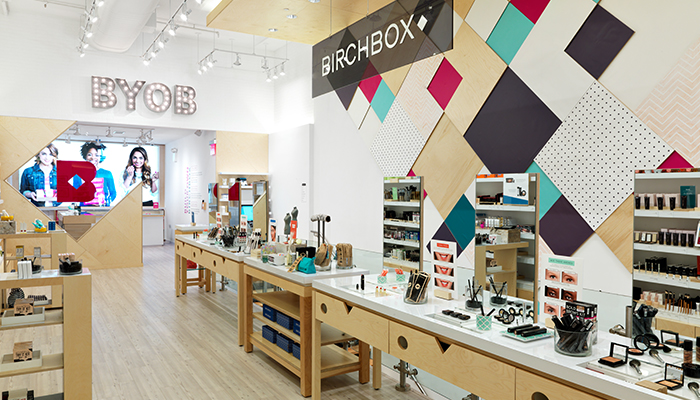Consumer loyalty is worth its weight in gold in the retail industry. However, as explored in our latest Unfaithful Consumer 2 report, consumer loyalty is becoming more complex as discerning consumer priorities evolve.
Today’s digitally-connected consumers are primed to comparison shop, making it challenging to drive repeat purchase and on-going customer engagement. As Webloyalty research shows, most retail sectors have loyalty rates of less than 50%. In addition, 42.1% of food and grocery customers and 39.1% of those shopping for electronic goods said they are “very unlikely” to keep buying from their current brand or service.
In these challenging times, we believe shoppers should feel rewarded for loyal behaviour. But how can retailers drive loyal behaviours online without squeezing margins?
Loyalty: what does it really mean?
As the industry’s evolves, increasing consumer loyalty is the subject of particular focus. But what does successful loyalty really means to each business, which depending upon size and sector, may conceive loyalty in a number of different ways?
The long-held idea of loyalty is the return-customer, which in turn generates higher revenue. While ROI is a primary concern, the dynamism of the current retail landscape requires retailers to be more flexible in their definitions of loyalty.
For D2C businesses, loyalty means those customers who are in a long-term contract that may not spend large sums but will continue to spend with them and not with a competitor. Similarly, fashion labels may consider successful loyalty to have been achieved when consumers advocate their products through social media thus publicizing the brand beyond the core customer base. Retailers must, therefore, first decide upon what loyalty means to them before they set out on engaging their customers.
Separating loyalty into three distinct models can help to determine success.
The transactional model is built on the familiar foundation of deals and discounts for the most active customers. Sainsbury’s Nectar Card or the myWaitrose Card offer discounts, deals and freebies to repeat customers incentivising their return.
Alternatively, the functional model satisfies habit and the all-important convenience factor. Amazon or UberEats may be at the more mature end of the functional model scale, using AI to track each individual consumer’s orders and make offers based on previous behaviour.
Finally, the emotional model of loyalty can strengthen the bond between customer and brand to an extreme degree, as in the case of Apple. Despite high prices and negative publicity surrounding the intentional slowing down of devices, loyal consumers do not stop buying. This is because consumers identify with the brand. Apple speaks to the desires and aspirations of the consumer; to own an Apple product is to make a statement about yourself.
With these models, retailers can begin to identify which tact best suits their situation and begin to build their loyalty programme accordingly.
Rethink: Alternative ways to generate loyalty
To overcome the malaise in consumer loyalty, retailers of all sizes can take a number of approaches to reinvigorate their own loyalty tactics.
Larger retailers have traditionally offered discounts and deals in exchange for loyalty – the traditional club card being the classic example of this. But this tactic can also teach customers the wrong type of behaviour and, ultimately, become detrimental to the brand’s revenue. The drop-off in retailers participating in Black Friday is an example of discounting’s negative effects.
One way for large retailers to bring back return customers is to attract young brands to the store. The store-in-store option brings fresh young brands into mature, well-known retailers and offers consumers a completely new edge.
Small brands jump at the chance to work with established retailers due to the customer base they receive and the smaller overheads a store-in-store agreement costs while larger retailers win by piquing the interest of their loyalty-lagging customers.
Alternatively, D2C stores can bring their online personalization onto the high street to merge the online and physical retail spaces and offer convenience in both business realms. The personalisation that D2C stores run on can be given extra depth by offering personalised discounts and deals to customers at the new brick-and-mortar locations.
D2C beauty retailer Birchbox brought AI and machine learning into their physical store to continue the personalisation that consumers love. This allowed the company to extend the personalised experience that their customers received online in the physical world.
Pop-up stores are becoming a trusted method of extending a brand’s image beyond its online presence. Penguin Books, the British publishing house, took to London streets for International Women’s Day and created a pop-up store that offered classes and readings while selling books authored by women only.
This interaction between brand and customer strengthens the bonds of loyalty and provides consumers with more of what they want and providing the means for the customer to get what they want by expending the minimum effort required is the true panacea to build loyalty.
For digital natives, including the millennial and post-millennial generations, retailers not only need to offer a frictionless omni-channel shopping experience but must also integrate their loyalty programmes with their social media strategies to offer personalised benefits.
With around 52 percent of British consumers happy to share data with retailers if they gain from it, retailers can use this data to build a stronger base of knowledge to better target their consumers and provide more of what they want
Geofencing allowing retailers to define geographical areas around a store so that when a consumer enters the area, special offers and promotions can be shared
Thanks to data, retailers are now primed to pique consumers’ loyalty as technology allows them to offer consumers exactly what they want exactly when they are most likely to want it.
